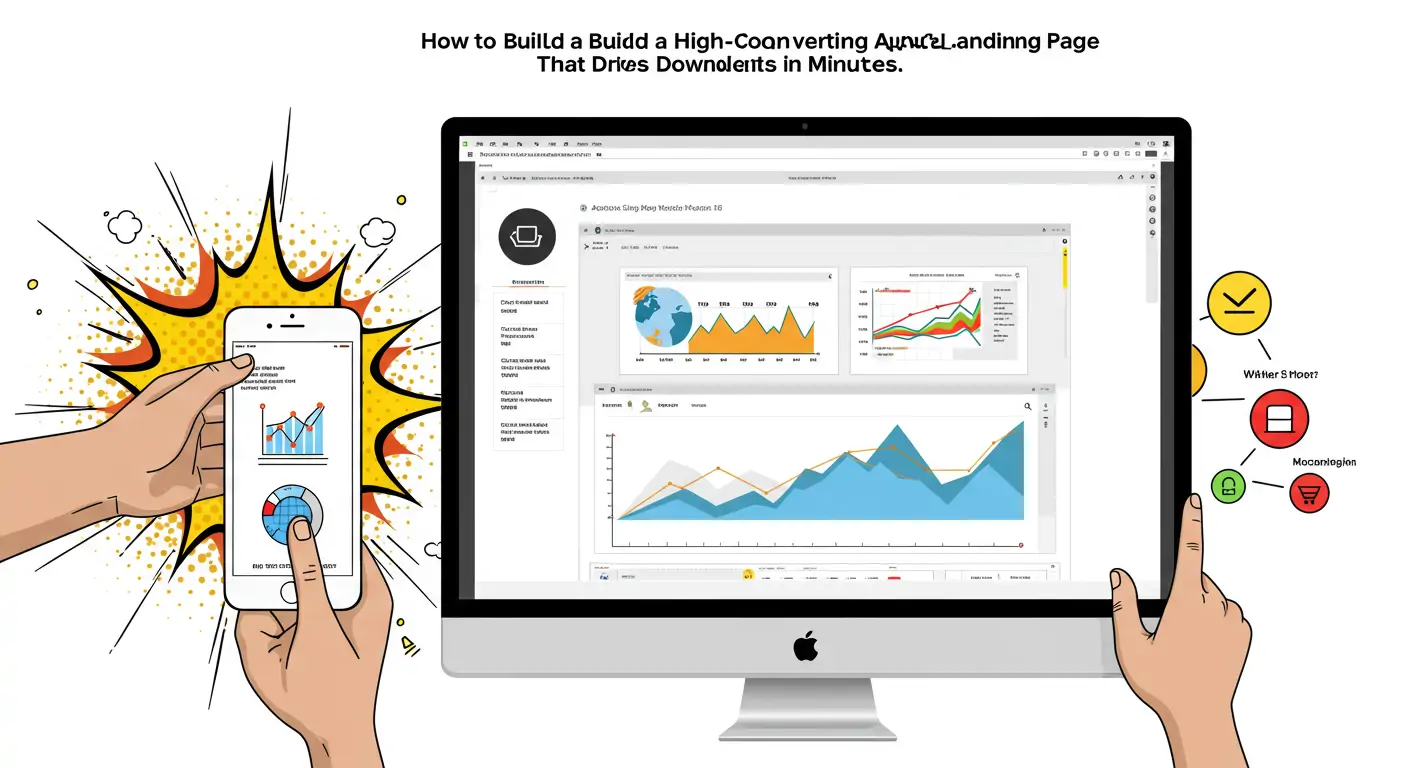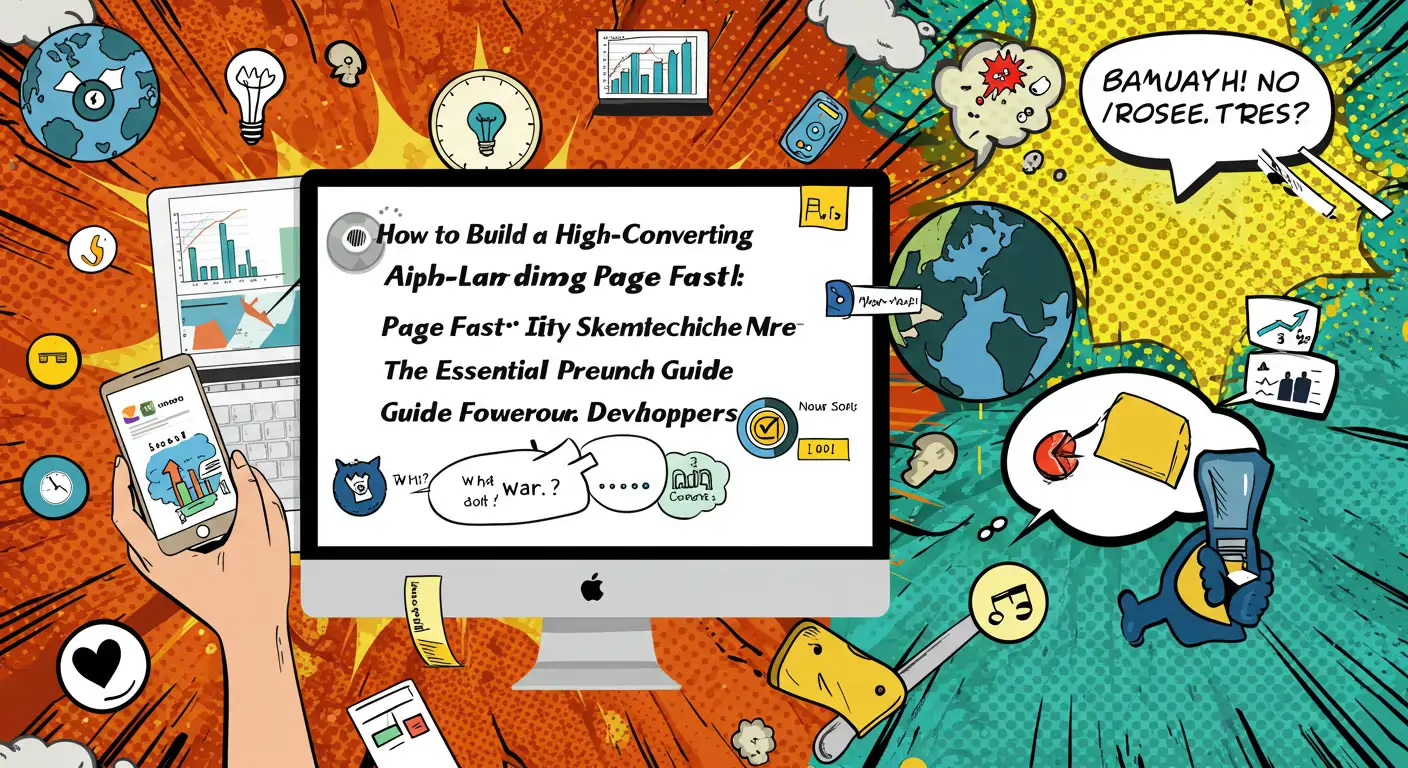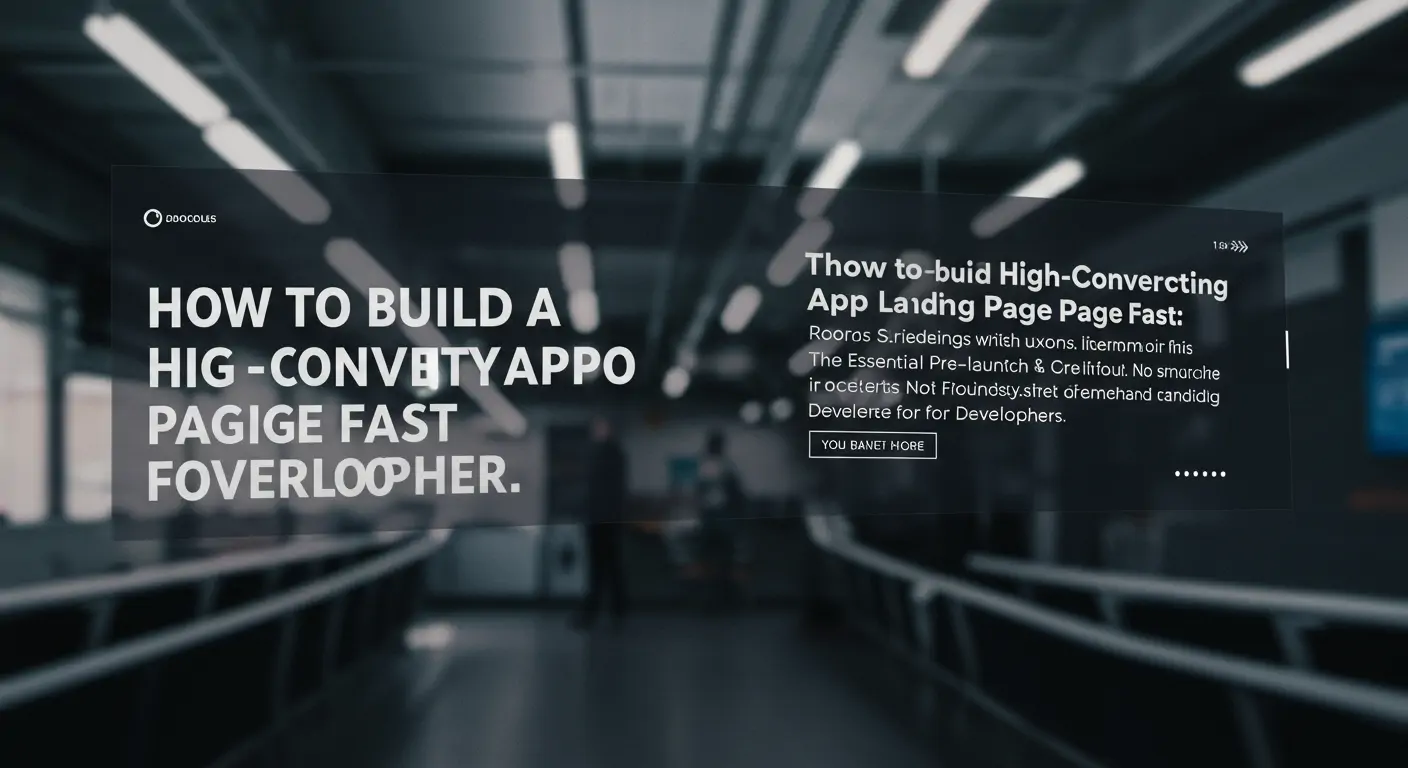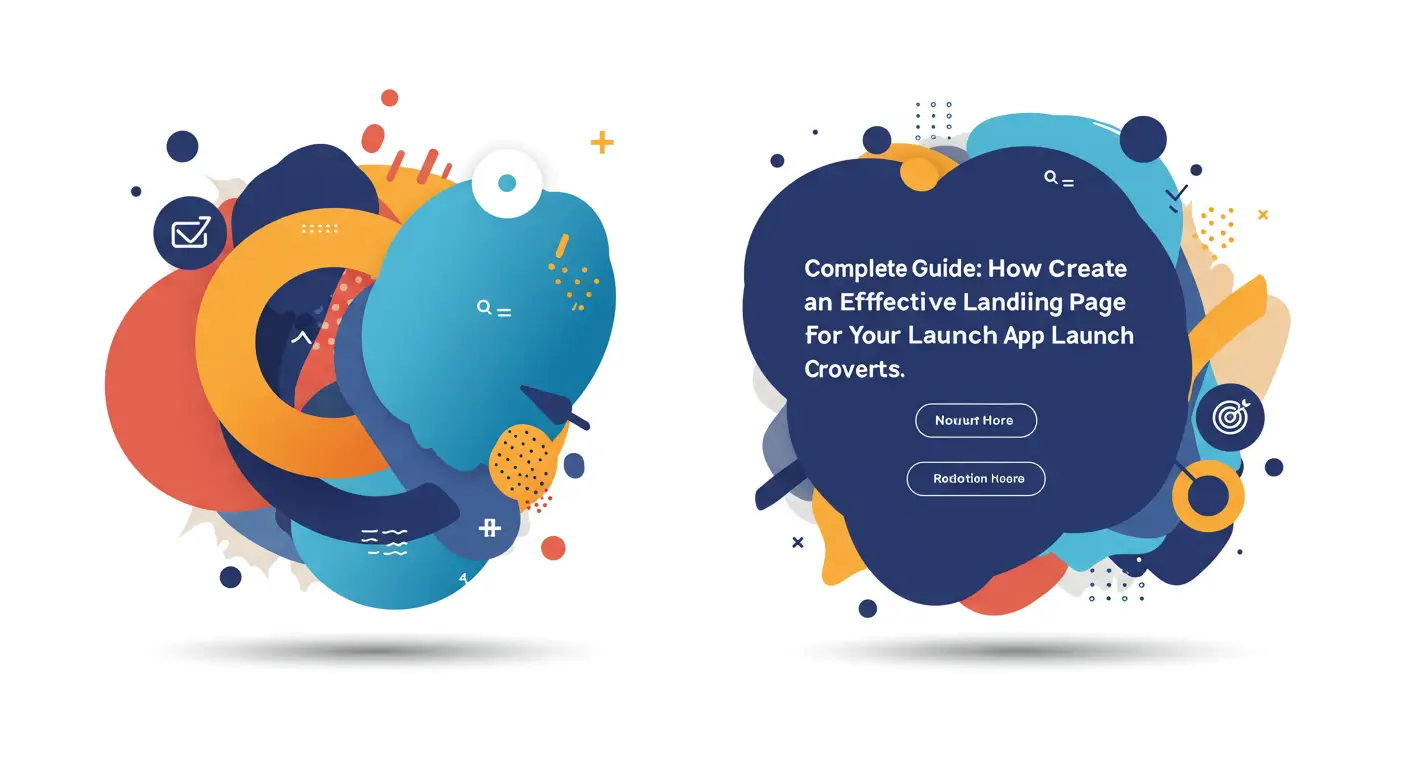Introduction: The Challenge
As a developer, creating an app is just the beginning. The real challenge lies in making it successful, which means getting it into the hands of users. Did you know that 80% of apps fail to gain traction due to poor marketing strategies? This article will teach you how to build a high-converting app landing page that drives downloads quickly. A well-optimized landing page is crucial for your app's success, ensuring visibility and engagement.
Why This Matters: The Data Behind It
Studies show that 75% of consumers judge an app's credibility based on its website design. A well-designed landing page can increase conversion rates by up to 300%. Real-world examples, like Instagram's early adoption strategy, highlight the importance of marketing presence. Without it, you risk losing out on potential revenue and user engagement.
The Problem: Why Most Developers Struggle
Challenge 1: Limited Time
Developers often lack time to focus on marketing. Common mistakes include neglecting SEO and not A/B testing designs.
Challenge 2: Budget Constraints
Hiring a designer or agency can be costly. Many developers try to cut costs by DIY, leading to subpar results.
Challenge 3: Lack of Marketing Skills
Without a marketing background, it's challenging to create a compelling narrative for your app.
Best Practices & Proven Strategies
Strategy 1: Focus on User Benefits
- Highlight what users gain from your app.
- This resonates more than technical features.
- Expect higher engagement and conversions.
- Pro tip: Use testimonials to build trust.
Strategy 2: Utilize A/B Testing
- Regularly test different headlines, images, and CTAs.
- It identifies what resonates best with your audience.
- Results can drastically improve conversion rates.
- Pro tip: Use tools like Google Optimize.
Strategy 3: Optimize for SEO
- Include relevant keywords in your content.
- It improves search engine visibility.
- Expect increased organic traffic.
- Pro tip: Use tools like Ahrefs for keyword research.
How mvpweb.app Works
mvpweb.app is designed to solve these challenges:
- Feature 1: Instantly create professional landing pages, addressing time constraints.
- Feature 2: Saves money with built-in SEO and hosting, eliminating the need for expensive agencies.
- Feature 3: Automatically optimized pages lead to better results compared to DIY methods.
Real-World Success Examples
Example 1: Productivity App
- Initially had low downloads.
- Implemented mvpweb.app for a sleek landing page.
- Downloads increased by 150% in 2 months.
- Key takeaway: Professional design enhances credibility.
Step-by-Step Implementation Guide
- Step 1: Define your app's unique value proposition.
- Step 2: Choose a landing page template on mvpweb.app.
- Step 3: Customize with your app's visuals and copy.
- Step 4: Integrate analytics for performance tracking.
- Step 5: Launch and promote your landing page.
Measuring Success: Key Metrics
Track KPIs like conversion rates, bounce rates, and user engagement. Use tools like Google Analytics and mvpweb.app analytics for insights. Regularly optimize based on data to improve results.
Common Mistakes to Avoid
- Mistake 1: Overloading with information. Focus on clarity and conciseness.
- Mistake 2: Ignoring mobile optimization. Ensure your page is mobile-friendly.
Frequently Asked Questions
- Is mvpweb.app suitable for non-tech users?
- What are the pricing options?
- How long does it take to build a page?
- What ROI can I expect?
- How does it compare to hiring a designer?
Conclusion: Your Next Steps
In summary:
- Focus on user-centric design.
- Regularly test and optimize.
- Utilize tools like mvpweb.app for efficiency.
Start by exploring professional templates on mvpweb.app. Ready to boost your app's downloads? Try mvpweb.app free for 14 days. For more insights, check our additional resources.




